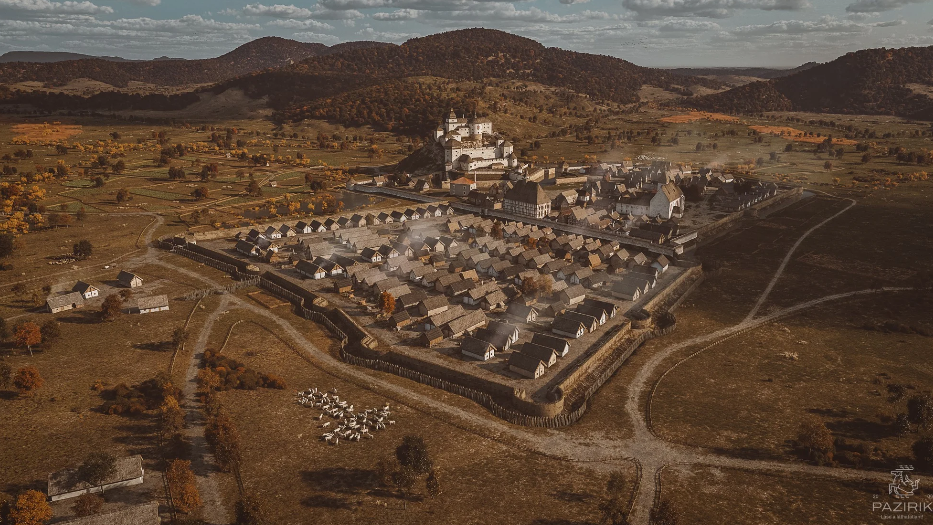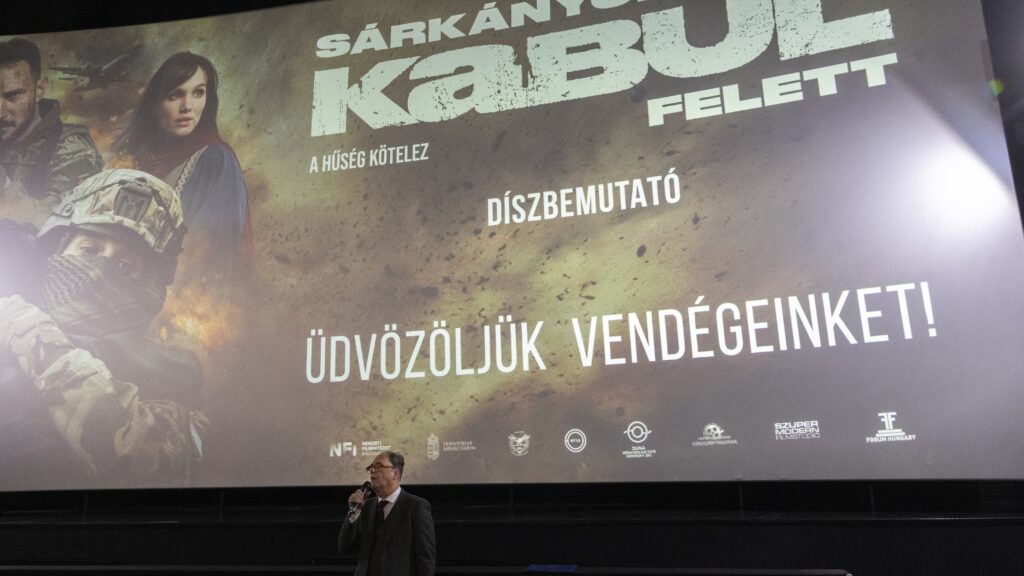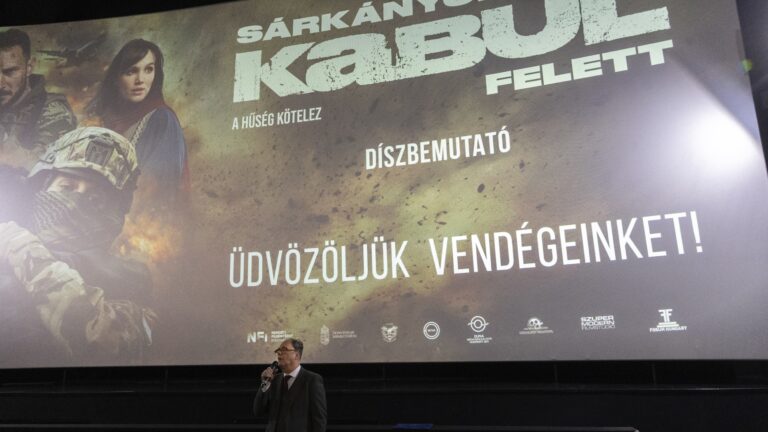The following is an adapted version of an article originally published in Hungarian in Magyar Krónika.
The Fülek municipality in Fülek (now Fil’akovo, Slovakia) is restoring the oldest part of the castle, dating back to the 12th–13th centuries, which is in poor technical condition. Additionally, a lookout tower is also being built in the upper castle, the Clock Tower, which is currently inaccessible.
The city has been working continuously on the restoration of the castle since 2003. During this time, mainly thanks to EU funds, most of the lower and middle castles have been renovated, including the Bebek Tower, where the Castle Museum is located. In addition to restoring the castle’s historical buildings, the city has also built completely new infrastructure for tourists, including a parking lot and public toilets.
At the same time, the oldest part of the castle, the upper part, where 800-year-old structures can be found, is still in poor technical condition. In recent years, stones falling onto the streets below the castle have caused problems several times.
Over the years, the city has secured more than 705 thousand euros in funding for the restoration of the upper castle; however, the total cost of the project is estimated to be more than 767 thousand euros. The Ministry of Investment, Regional Development and Informatics of the Slovak Republic has now awarded Fülek a grant of 100 thousand euros for the investment within the framework of the Slovakia Programme.
The works include reconstruction, conservation, and restoration of several buildings. Part of the project is the restoration of the Hajdú Tower, the corridor leading to the upper castle, which is currently closed due to the poor technical condition of the walls, the Clock Tower, the eastern part of the Romanesque palace, and the mill in the courtyard of the upper castle.
The main attraction will be the observation deck built in the 16th-century Clock Tower. The tower has never been opened to the public before.
The project aims not only to save Fülek’s most valuable cultural monument, but also to increase its attractiveness for tourists and locals. The castle is visited by an average of 28–30 thousand people every year. About half of them are foreign tourists, mainly from Hungary.
The works on the upper castle are expected to start next spring and last until November.
The castle of Fülek in the 17th century 3D reconstruction – 4K – Pazirik – See the unseen!
What might Fülek Castle have looked like in the 17th century? How faithfully do contemporary depictions reflect its appearance? These inquiries have been the focus of our investigation over the past year. In addition to theoretical reconstruction, our forthcoming AOS interactive application will provide insights into our findings! Pazirik Ltd.
The History of Fülek Castle
Fülek is one of the rare castles that existed even before the Tatar invasion. It was King Andrew II who allowed the Kacsics clan to build a castle on the hill of Fülek.
Shortly afterwards, after the defeat at the Battle of Muhi, the fortress resisted the Tatar attack, but those fleeing the Mongols were plundered by the lord of the castle, Folkus (Fulkó) of Kacsics. It can be assumed that because of this act, King Béla IV confiscated the castle from him—at least this is what a document from 1246 reveals—and gave it to Móric, a descendant of the Pok clan. He captured Folkus, but he escaped and then committed suicide.
The owners of the fortification changed constantly, including Stephen V for a while, as well as Máté Csák. It was recaptured from the latter by the followers of Charles I.
During the reign of Sigismund of Luxembourg, the settlement was raised to the rank of a farming town. The king, who was constantly struggling with financial problems, mortgaged Fülek, and after his death, his daughter, Queen Elizabeth of Luxembourg, pledged it to the Perényi family. The latter launched raids from here decades later and tried to resist the armies of King Matthias, but they failed.
In the period before the Battle of Mohács, the fortress came into the hands of the Bebek family and then changed hands numerous times during the Ottoman wars. Fülek enjoyed its heyday in the 17th century, when the meetings of the neighbouring counties were also held here. The fortification also played an important role during the campaigns of István Bocskai, Gábor Bethlen, and the young Imre Thököly.
You can read more about Fülek’s adventurous history here.
Related articles:
Click here to read the original article.







